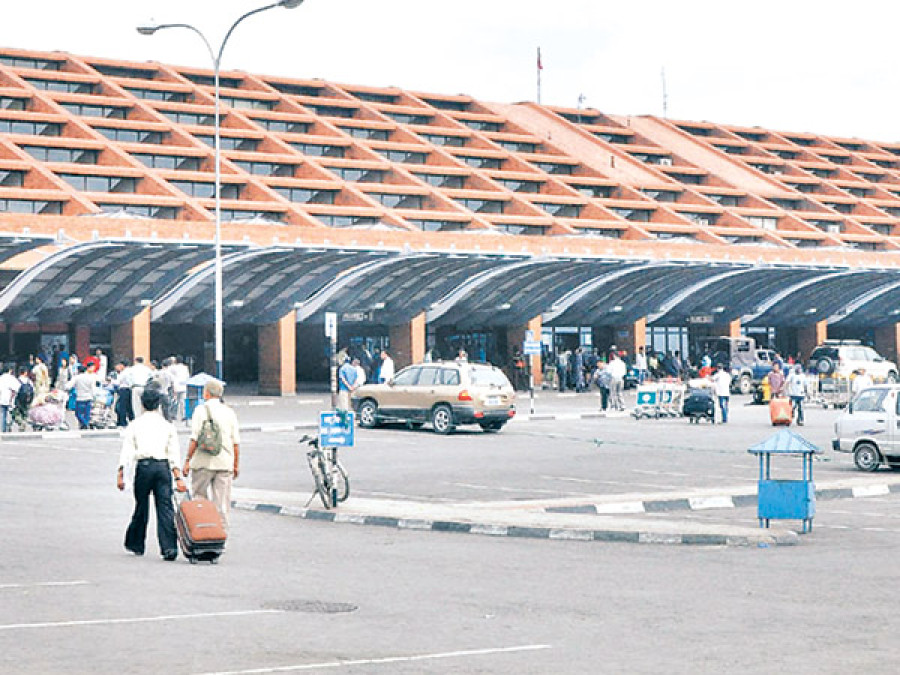Miscellaneous
Priority sought for India to develop airports
A delegation of the Airports Authority of India urged the Nepal government to give “preference” to the southern neighbour while developing the proposed Second international Airport
Sangam Prasain
The SIA scheme envisions building a modern airport in Nijgadh, Bara, which is 175km from Kathmandu, as an alternative to the saturated TIA, the country’s sole aerial gateway.
In a courtesy meeting with Suresh Man Shrestha, secretary at the Ministry of Culture, Tourism and Civil Aviation, the high-level Indian delegation expressed willingness to venture into Nepal claiming that they are highly experienced in terms of airport development and operations. The AAI operates more than 125 airports in India.
“As the SIA is being developed close to India’s territory, the delegation said that they expect the Nepal government to accord them priority in their plans,” said Buddhi Sagar Lamichhane, joint-secretary at the ministry.
“With our wide-ranging expertise in airport development, we are ready to study and suggest feasible airport models for Nepal,” Lamichhane quoted the Indian delegation as saying.
The team led by AAI Executive Director HS Suresh includes technical and business development officials. The team that arrived on Monday is scheduled to inspect the SIA site on Tuesday.
The project needs huge funding but the AAI team said financing it would be no problem: the public or private sector of India is ready to invest in the project. “We are ready even to develop the project involving Nepal’s private sector,” the team told Nepali officials.
As the SIA—situated close to Nepal’s border with India—would be more accessible to a large population in Bihar, officials say the project could be a good example of partnership between the two neighbours.
According to government officials, the proposal of the Investment Board Nepal (IBN) to bundle the TIA and the SIA and award it to a single developer interests India.
The IBN believes that it would be difficult to find investors for the SIA until the Kathmandu-Tarai Fast Track is built. Since the project is unlikely to make a profit for the next 20-25 years—due to competition from the Kathmandu airport, both the projects should be assigned to a single company to enable it to use the TIA profits to compensate for the SIA losses.
An Indian private company, IL&FS had been awarded the contract of preparing a detailed project report of the fast-track road connecting the Tarai with the Capital.
The South Korea-based Land Mark Worldwide Company that had prepared a detailed feasibility study of the SIA has recommended introducing a clear aviation policy for diverting 70 percent of the traffic from the TIA to the SIA in order to make the new project viable.
Recently, India’s Minister for External Affairs Sushma Swaraj urged Nepal to expedite the construction of the Fast Track and the SIA projects with India’s involvement.
“Work on construction of the Nijgadh airport with India’s participation should be expedited. These projects will create new job opportunities, contribute to revenue, and facilitate long-term recovery,” Swaraj told the International Conference on Nepal’s Reconstruction in Kathmandu on June 25.
The estimated cost for the first phase of the SIA, according to the feasibility study, is $650 million. The airport will be able to handle 15 million passengers annually and accommodate the super jumbo Airbus380 after the first phase of construction.
By the end of the third phase, the airport will have a parallel runway enabling it to handle 60 million passengers annually. If built, the SIA will be an air hub joining 27 cities in South Asia and generate over 100,000 jobs.




 10.12°C Kathmandu
10.12°C Kathmandu










